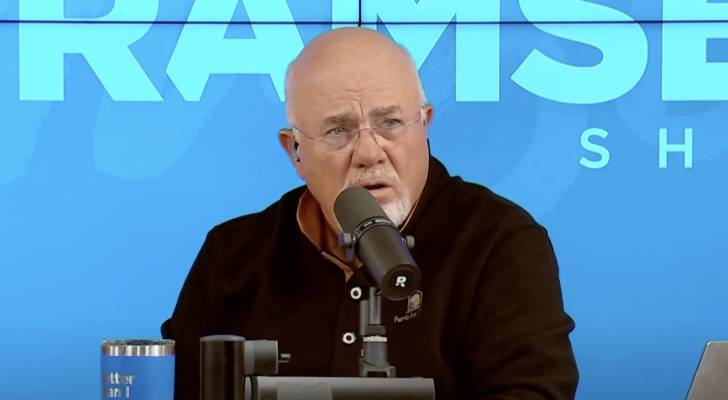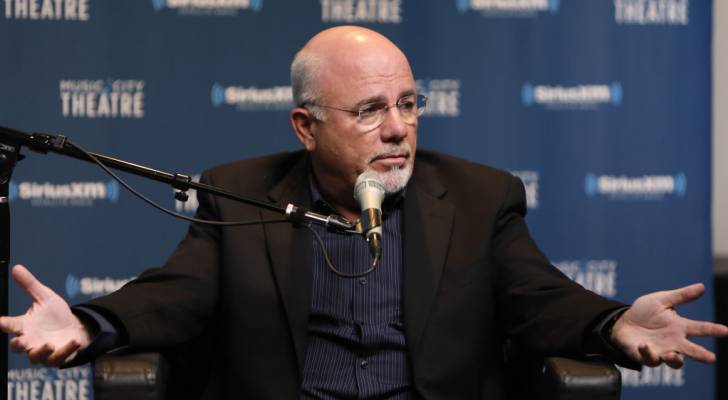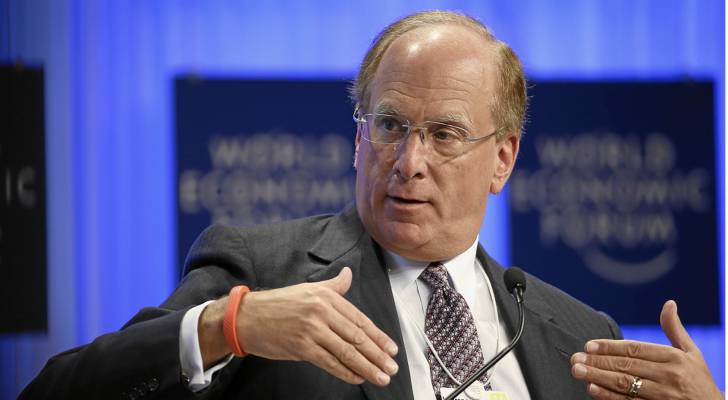From emergency savings to dream vacations to lifestyle inflating: 15 things you should — and shouldn’t do — in a recession


We adhere to strict standards of editorial integrity to help you make decisions with confidence. Some or all links contained within this article are paid links. When the economy takes a hit, unfortunately, so does your wallet. While the standard advice to save diligently, invest in your 401(k) and avoid unnecessary spending still applies, a […]
Rich older Americans are using these 3 retirement saving strategies to supercharge their nest eggs — here’s how to use them to prepare for a comfy retirement


We adhere to strict standards of editorial integrity to help you make decisions with confidence. Some or all links contained within this article are paid links. The U.S. Department of Labor estimates you’ll need 70-90% of your pre-retirement income to maintain your standard of living in your golden years. Americans expect they will need $1.26 […]
‘Don’t blame that on the Holy Spirit’: Dave Ramsey urges Missouri woman to instantly liquidate her $60,000 crypto portfolio to pay off debts — but she says she’s waiting for a sign from God


We adhere to strict standards of editorial integrity to help you make decisions with confidence. Some or all links contained within this article are paid links. Arabella from Springfield, Missouri called into “The Ramsey Show” because she was facing a financial fork in the road. With about $60,000 in cryptocurrency, $14,000 in student loans and […]
My wife and I just closed on our dream home — only to realize after all the bills are paid, we’re left with $200/month while she’s on mat leave. We have $80K in savings, but is it enough?


We adhere to strict standards of editorial integrity to help you make decisions with confidence. Some or all links contained within this article are paid links. Picture this: A young couple has just closed on their dream home. They’re debt-free and have $80,000 in savings. The wife is on maternity leave, and after crunching the […]
Are you finally rich in America? Here are the top 5 reasons you should tell absolutely no one (not even your closest friends)


We adhere to strict standards of editorial integrity to help you make decisions with confidence. Some or all links contained within this article are paid links. If you’ve managed to accumulate some wealth, showing it off can often be tempting. After all, what’s the point of success if you can’t indulge in it? Don’t miss […]
Here are 5 things that will likely get more expensive in 2025 — no matter what Trump does in the White House


We adhere to strict standards of editorial integrity to help you make decisions with confidence. Some or all links contained within this article are paid links. Imported household appliances that are made with steel parts — like washing machines, refrigerators and stoves — will be subject to President Trump’s expanded tariffs starting June 23, according […]
Dave Ramsey warns nearly 50% of Americans are making 1 big Social Security mistake — here’s what it is and 3 simple steps to fix it ASAP


We adhere to strict standards of editorial integrity to help you make decisions with confidence. Some or all links contained within this article are paid links. With over 30 years of fielding listener calls and cultivating a devoted audience, Dave Ramsey has become one of the rare experts truly in tune with the nation’s financial […]
‘The solution isn’t to abandon markets’: BlackRock’s Larry Fink is betting on a new wave of investment as a cure for economic anxiety. What he’s selling and what it means for your portfolio


Just when people are more worried than ever about their investments, even to the point of cashing them out, BlackRock Inc. CEO Larry Fink says it’s time to go all in. But he has a specific investment in mind: private equity, also known as alternative investments. Don’t miss I’m 49 years old and have nothing […]
Think you’re ‘middle class’ in America? This income level says you’re probably wrong


We adhere to strict standards of editorial integrity to help you make decisions with confidence. Some or all links contained within this article are paid links. The term ‘“middle class” is often discussed but rarely defined. It’s a term the majority of Americans would use to define themselves, yet most people don’t know whether their […]
There’s a new ‘magic number’ Americans say they’ll need to retire comfortably — and it’s a shocking change since 2024. Here’s how to reach it ASAP without turning to sorcery


We adhere to strict standards of editorial integrity to help you make decisions with confidence. Some or all links contained within this article are paid links. People often seek easy answers and shortcuts. This is not always a flaw, but a form of efficiency. So, it’s no surprise that many want a magic answer to […]